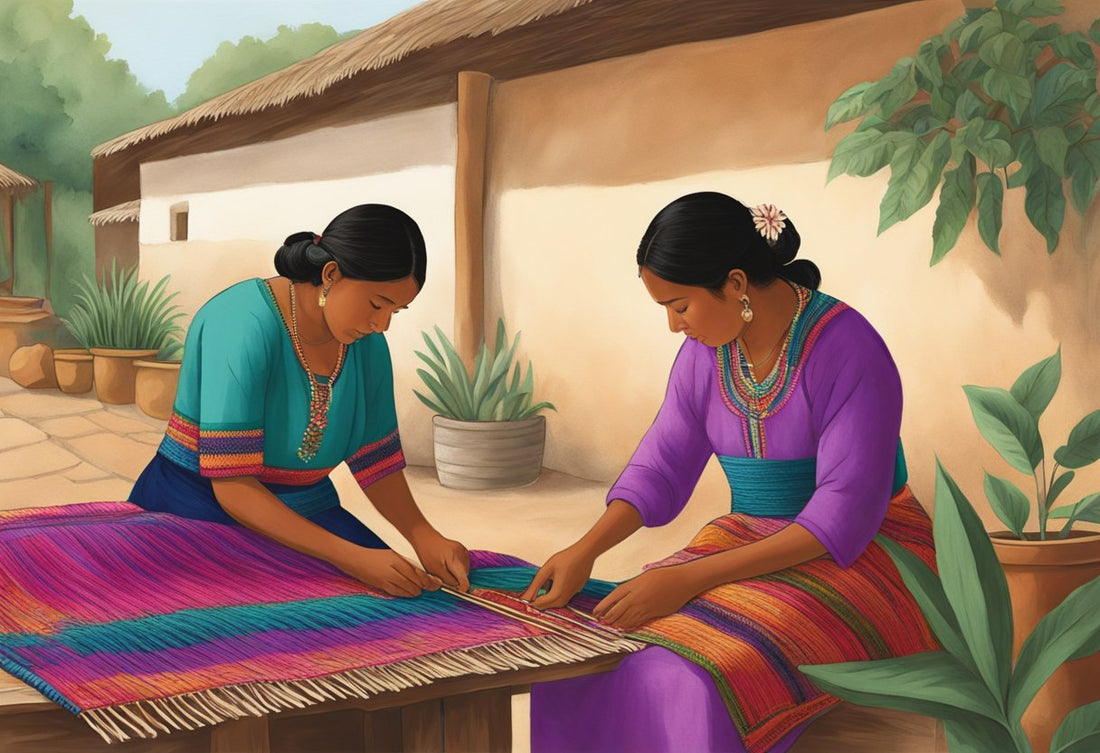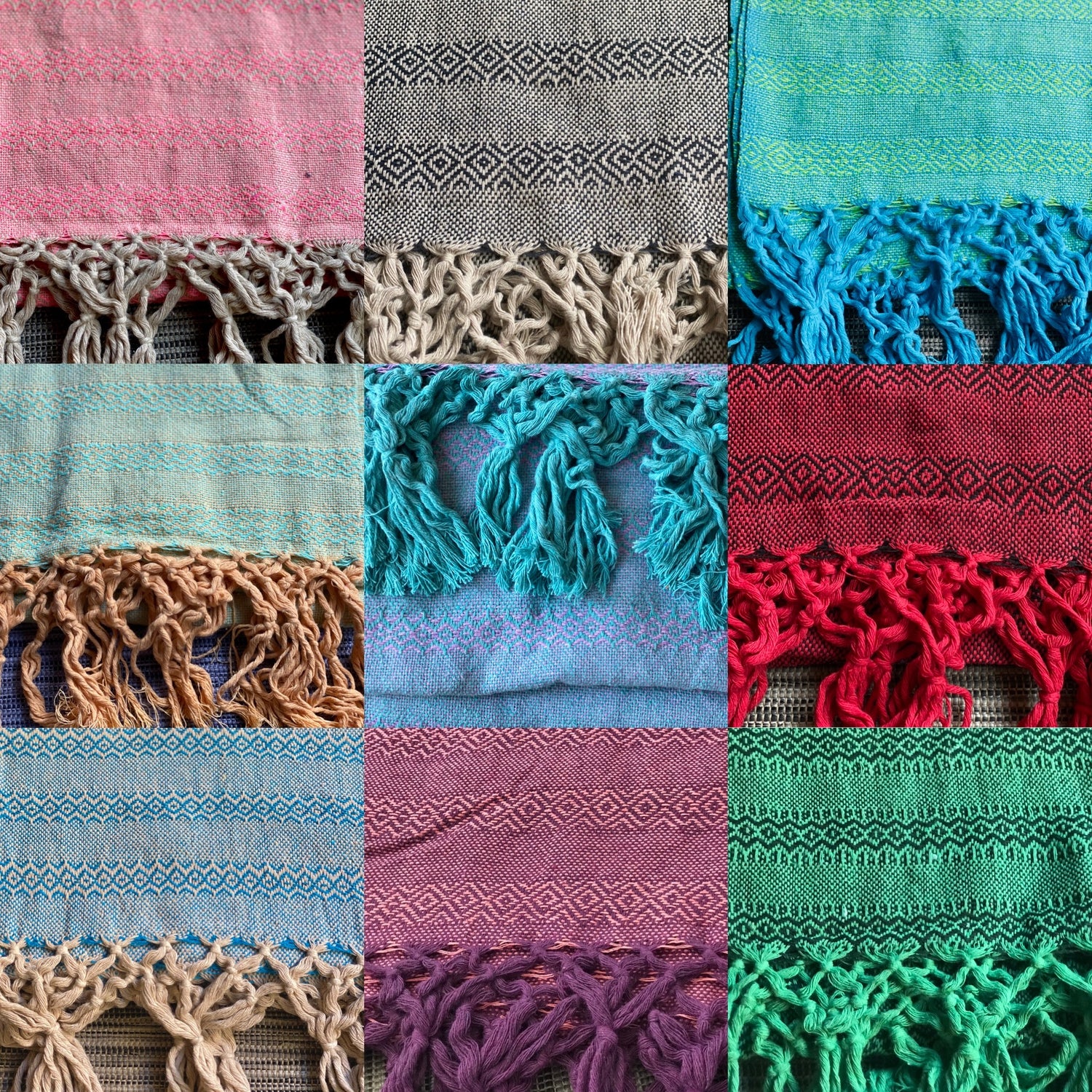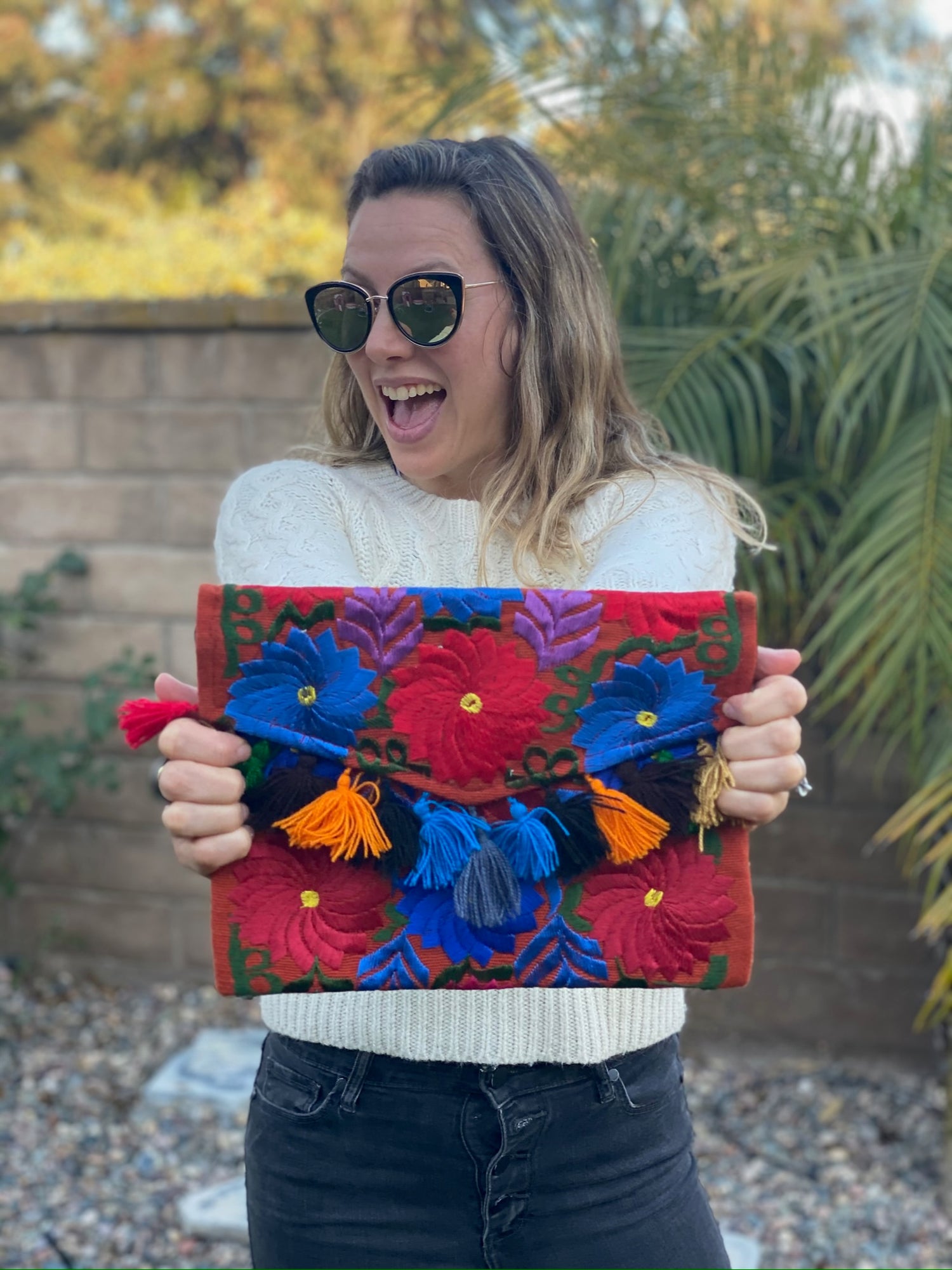The rebozo is not just a beautiful garment; it represents a deep cultural heritage woven through generations.
From the intricate patterns of Oaxaca to the vibrant colors of Chiapas, each region brings its unique touch to rebozo crafting. This variety reflects the rich history and diverse cultural identities found throughout Mexico.
By exploring these regional differences, you gain insight into how local traditions shape the art of rebozo making.

As you immerse yourself in the craftsmanship of rebozos, you will discover how techniques and materials vary.
Some artisans use ancient methods passed down through families, while others innovate with modern designs to appeal to contemporary fashion. Each piece tells a story of the community it comes from, linking you to Mexico’s vast cultural landscape.
Understanding the significance of rebozos enhances your appreciation for this remarkable textile. You will see how they serve as both fashion statements and symbols of Mexican identity, bridging the past with the present.
There is more to explore about the beauty and relevance of rebozos in today’s world.
Key Takeaways
- Rebozos showcase the unique artistry of different Mexican regions.
- Each piece embodies local culture and historical significance.
- Understanding rebozos enriches your connection to Mexican heritage.
Historical and Cultural Significance of Rebozos

Rebozos are deeply woven into the fabric of Mexican history and culture. They reflect not just artistry but also the identity of the people, particularly Indigenous women. The rebozo has played important roles in various aspects of life, from rituals to everyday use.
Origins and Evolution
The rebozo originated in the pre-Hispanic era, crafted by Indigenous women. Initially made from cotton or agave fibers, these shawls served practical purposes such as carrying infants and goods.
During the Spanish colonial period, the craft adapted to include new techniques, like the ikat dyeing method. This blend of cultures enriched the rebozo, turning it into a symbol of Mexican identity.
Celebrated figures like Frida Kahlo and María Félix wore rebozos, further embedding them in the national consciousness.
Today, rebozos continue to evolve, reflecting regional styles from Oaxaca to Chiapas. Each area has its distinct designs, colors, and weaving techniques. This variation speaks to the rich tapestry of Mexican culture and feminism, highlighting the importance of Indigenous artisans.
Symbolism and Use in Rituals
Rebozos hold profound meanings in various rituals and community events. They are present in significant life moments such as weddings, childbirth, and religious ceremonies.
For instance, during Mexican Independence Day celebrations, wearing a rebozo symbolizes pride and cultural heritage.
In Indigenous traditional dances, rebozos are often worn to enhance drama and movement. They also serve as tools in traditional medicine practices, emphasizing their connection to health and healing within the community.
Moreover, the rebozo serves as a symbol of identity for Mexican women. Ruth D. Lechuga, an advocate for this craft, emphasized its role in preserving Indigenous culture.
As communities come together to celebrate traditions, the rebozo remains a powerful emblem of unity and heritage.
The Craft of Rebozo Making

Rebozo making is a skill that combines artistry with traditional techniques passed down through generations. The materials used and the methods of weaving vary significantly across different regions in Mexico, leading to unique styles and patterns.
Materials and Techniques
Rebozos are typically crafted from materials like cotton, wool, or silk. Each fabric brings its own texture and feel, influencing the final piece.
Artisans often use natural dyes derived from plants and minerals to create vibrant colors. Dyes like cochineal produce deep reds, while indigo offers rich blues.
The technique of weaving can vary notably. Many artisans use the backstrap loom, which allows for intricate designs and patterns.
This method involves tensioning the loom with the weaver's body, providing a personal touch to each creation. The result is a handwoven rebozo that reflects both skill and cultural identity.
Regional Variations in Mexico
The craft of rebozo making shows diversity among regions.
In Oaxaca, artisans create rebozos using ikat techniques, where the threads are dyed before weaving. This results in bold and distinctive patterns.
In Chiapas, you might find rebozos with deeper hues and complex geometric designs. Regions like Tenancingo and Santa María del Río are known for their unique weaving styles, often featuring floral motifs or symbolic patterns.
Each area has its own signature look, influenced by local culture and available materials. For example, rebozos from Guerrero often showcase bright colors and playful designs. This rich variety ensures that each rebozo tells a story rooted in the artisan's heritage.
Frequently Asked Questions

This section addresses common questions about rebozo craftsmanship, cultural significance, weaving techniques, and the connections between various textile forms in Southern Mexico. You will find specific insights into how these elements reflect the rich heritage of the regions they come from.
What distinguishes the rebozo craftsmanship between Oaxaca and Chiapas regions?
The rebozo crafted in Oaxaca is known for its intricate patterns and vibrant colors. Artisans often use silk and wool, showcasing skilled techniques that have been passed down through generations.
In contrast, Chiapas rebozos typically feature more rustic materials like cotton and are characterized by bold designs that reflect the indigenous culture.
How does the rebozo reflect cultural significance in Mexican traditions?
The rebozo holds deep meaning in Mexican culture. It symbolizes not only fashion but also identity and heritage.
Traditionally, it is used in various life events, from weddings to funerals, highlighting its role in both everyday life and special occasions.
What are the traditional techniques used in rebozo weaving in Southern Mexico?
Craftspeople use techniques like back strap loom weaving, which allows for great control and creativity. The process involves two main parts: preparing the yarn and weaving the fabric.
Many artisans still employ age-old methods that reflect their cultural ties and skills.
How does the huipil represent the cultural identity of its region?
The huipil, a traditional garment worn by women, often showcases unique designs specific to each community. Patterns and colors may indicate a wearer's marital status or region.
The huipil is not just clothing; it’s a canvas for personal and cultural expression.
In what ways do Serape, Falsa, and Poncho differ from each other in their crafting styles?
Each textile has its distinct characteristics. The Serape is usually a rectangular blanket with colorful patterns. The Falsa is a thinner version used in everyday settings.
The Poncho, a sleeveless garment, often combines both function and style, reflecting various weaving techniques.
What are the historical origins of the rebozo and its evolution in Mexican culture?
The rebozo's origins trace back to colonial times, influenced by both indigenous and European styles. Initially a utilitarian item, it has evolved into a symbol of regional pride and artistic expression. It has adapted over centuries to reflect changing cultural landscapes.




